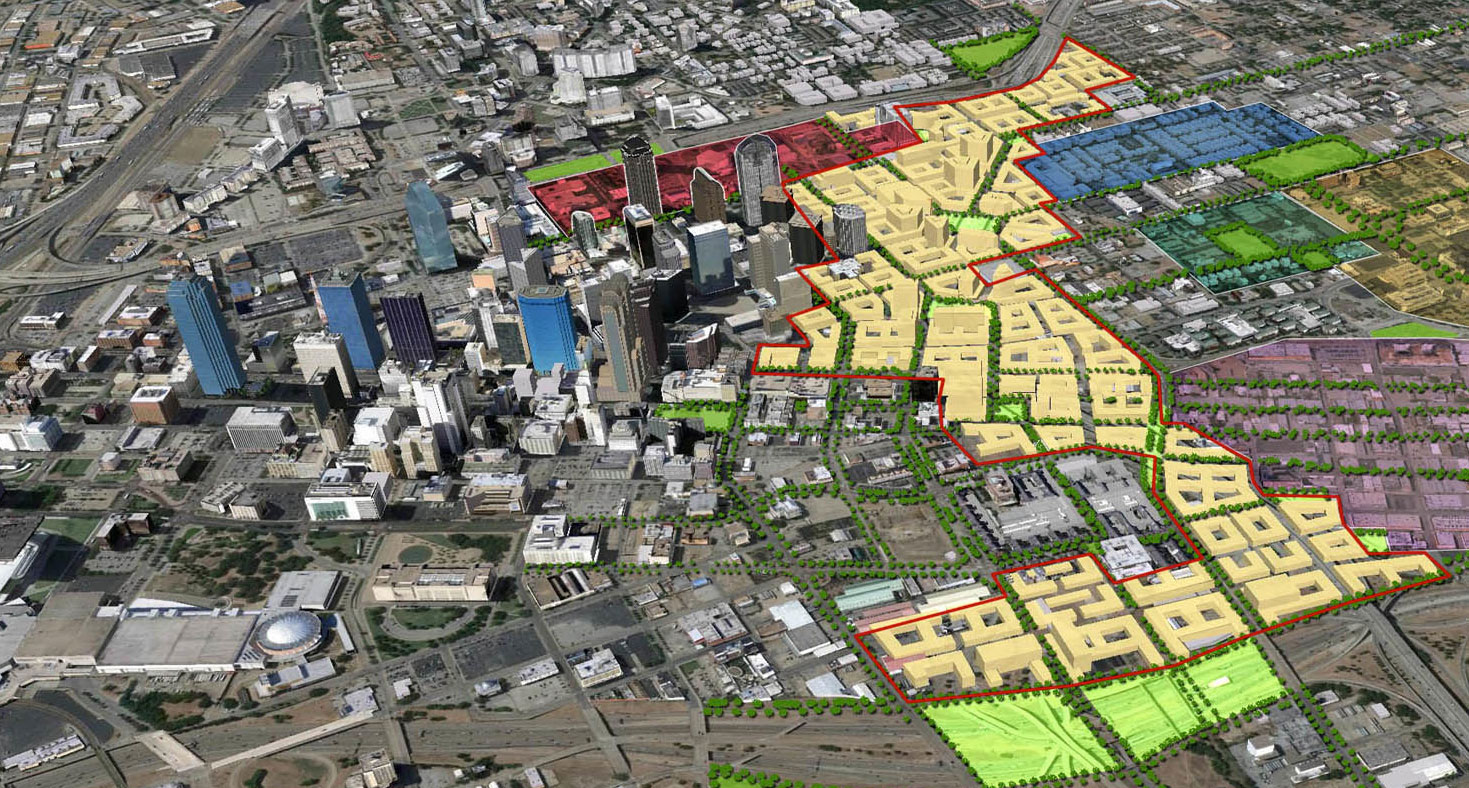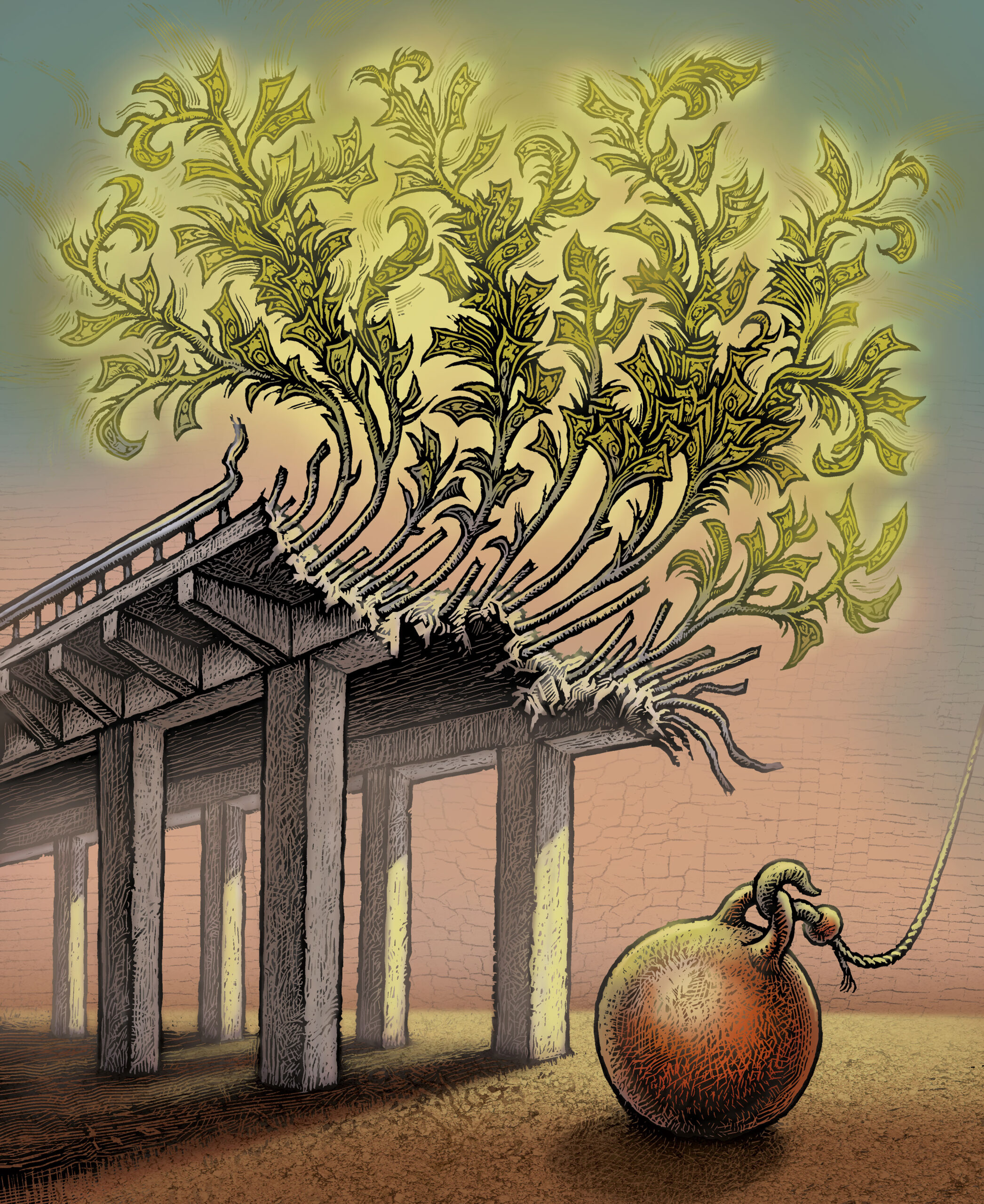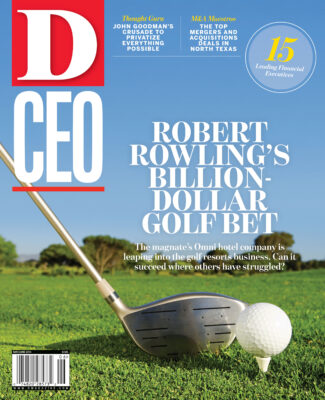In May 2013, the city—which is administering the project—closed the first exit to the highway stub and opened the land to a developer, who is putting up a 495,000-square-foot medical laboratory building to leverage the proximity to the Yale School of Medicine. Alexion Pharmaceutical Inc. has committed to move its headquarters there from the suburbs.
A second exit will soon be closed for a high-density mixed-use project, and the third exit will be closed within the next two years.
The city and the developer of the first phase signed an agreement with performance milestones requiring the developer to create 600 to 1,000 new, permanent jobs in medical research and development, Piscitelli says. The city, which provided infrastructure to the site, expects the new building also to create 200 temporary construction jobs and provide $152 million in new economic impact.
New Haven secured a $16 million federal grant in 2010 along with matching funds from the state and city for the $30 million first phase. Once all phases of the project are fully completed, New Haven estimates the corridor will gain 4,000 new jobs.
The business community was a stalwart in recognizing the city’s changing demographics and the need for connectivity between the school of medicine and downtown New Haven, Piscitelli says. “It’s transformative if you can figure it out and get the right people behind it,” he says. “Across the country, we’ve got these significant assets that are divided by infrastructure from a prior period.”
The challenges of such projects can seem daunting, but with good technical analysis and good engineering, along with community support, they can be very successful, he adds.
Getting buy-in from state transportation departments can be a key challenge to moving forward with a highway removal, says John Norquist, outgoing president of the Chicago-based Congress for the New Urbanism. Norquist spearheaded the removal of the Park East Freeway in Milwaukee when he was mayor there in the early 2000s.
“They were horrified by the prospect of tearing down the highway,” he says. “Over a period of a couple of years, we organized meetings with downtown property owners, including Fortune 500 companies. We finally convinced the property owners that it was a good idea to get rid of the freeway and then we didn’t have to deal so much with the DOT bureaucracy. We dealt directly with the governor, who at the time was Tommy Thompson. He was really close to all these Fortune 500 people so once we had them, then we got him, and then the DOT just had to live with it.”
Dealing with TxDOT likely will also be a challenge for Dallas, he predicted. “What TxDOT has been doing for the last 50 years is to figure out how to blast through Dallas and Houston and all these places, like the city is an obstacle,” Norquist says. A roadway has more purpose in a city than just moving traffic, he adds. It’s also a setting for commerce and social interaction. Few European or Canadian cities have highways that bisect their cities, he says, contending that such highways can worsen traffic by concentrating it and forcing congestion at exit ramps.
For Milwaukee, it was cheaper to tear down the 0.8-mile stretch of elevated highway than it was to rebuild it, Norquist says. It would have cost $80 million to rebuild, but only cost $30 million to tear down and replace with a surface avenue. The removal opened up 40 acres of land for development. Since the removal, Manpower Corp., a Fortune 500 company, moved its headquarters a block from the former highway, and mixed-use developments have sprung up along the boulevard and nearby.
Between 2001 and 2006, the average assessed land values per acre in the freeway footprint grew by more than 180 percent, and average assessed land values in the Park East Tax Increment District grew by 45 percent. The growth was significantly higher than the citywide increase of 25 percent experienced during the same time period, according to the Congress for the New Urbanism.
“It would be a big plus for Dallas,” Norquist says, if I-345 were to be torn down. “It’s completely counterintuitive to tear down a freeway, though, so it takes a long time before people get comfortable with the idea. The first people who will understand that it’s a good idea are the property owners—people who want to have a city that is real valuable.”
As Dallas explores its options with respect to I-345, Norquist says it should look to Vancouver, Canada, to see the potential. “It’s had the most buoyant real estate market in the last 30 years in North America, and they have no freeways within the city boundary. None. It’s all about [traffic] distribution.”

The Park Effect
Locally, Dallas business leaders point to the commercial success around Klyde Warren Park—the deck park over Woodall Rodgers Freeway. The park removed a chasm and linked downtown Dallas to Uptown. They wonder aloud if something similar could happen if Deep Ellum and the eastern edge of downtown Dallas were to be reconnected.
Tenants have moved into the Klyde Warren Park area from the suburbs, new restaurants have opened, and land prices have risen nearby, says John Crawford, president and CEO of Downtown Dallas Inc. “That has been a huge economic development boom, I think,” he says. “Plus it’s fun. It’s an attraction that brings people back to the center city. Is that economic development? You bet it is.”
Since the park’s development, lease rates at seven buildings near the park have increased in the double digits, according to data from JLL and CoStar. Lease rates at 1909 Woodall Rodgers soared 85 percent to $37 a square foot from $20 a square foot in 2010 before the park opened. Another building, 2100 McKinney, has seen rents rise by nearly 31 percent during that time period.
“When Klyde Warren Park opened in October 2012, the commercial real estate market in Dallas was already trending upward, but I think that added fuel to the fire of what was already going on,” says Stephen Holley, vice president at JLL. “It used to be that Woodall Rodgers separated Uptown from downtown, and now you’ve got those buildings that front Ross and that are between Ross and Klyde Warren Park. They have benefited as well and been part of the upward trend.”
Although the park didn’t contribute to Craig Hall’s decision to build an office tower under construction nearby, Hall, who donated to the park’s development, believes it will benefit his property. “When we got involved in the park, we thought it was a good idea, but it is unbelievable how great it is. I think it will spur a lot of development,” Hall says. “There are people looking in that area just because of the park.”
TXDOT Responds
TxDOT says it’s willing to examine a complete teardown of I-345, but warns that process will take many years and, in the meantime, it will need to repair the freeway. “We are having those discussions now with the mayor and others. That is something that TxDOT is willing to look at, but in the context of what we consider a two-step process,” says Tony Hartzel, a TxDOT spokesman.
“Decommissioning an interstate highway requires study and time,” he says. “The federal highway administration is going to require a thorough study of all options and outlining of impacts to traffic, but we are willing to start that discussion.”
Meantime, TxDOT will need to come in and rebuild the aging freeway, he says. To illustrate his point about the time-consuming process, Hartzel points to the S.M. Wright Freeway project in South Dallas. TxDOT is tearing down a portion of U.S. Highway 175 known as S.M. Wright Freeway. Discussions on that project began in the late 1990s with a formal TxDOT study in 2006. The Department of Transportation will award a contract on the first phase of that project this year—building freeway-to-freeway ramps between U.S. 175 and I-45. Once the connections are completed, then TxDOT will tear down the existing highway and make it into a six-lane grade-level parkway with cars traveling 35 mph.
As Dallas explores its options with
respect to I-345, Norquist says it should look to Vancouver, Canada, to see the potential.
Coming Together
Kennedy and others believe an I-345 removal is gathering steam as more people learn about and embrace the idea. Meetings were recently scheduled between stakeholders, the city, TxDOT, and the North Texas Council of Governments to discuss ongoing maintenance of I-345 without doing a full-fledged rebuild, an option that would buy more time for study.
Kennedy said he agrees with TxDOT that some work will have to be done on the freeway while the city formalizes a vision for the site’s long-term future. “People are coming together and saying, at the very least, we need to study this because if it’s what’s best for Dallas, we’d be hurting ourselves not to explore this option,” Kennedy says. In March, The Real Estate Council said it would put up $125,000 to fund such a study.
Barry Annino, who heads up the Deep Ellum Foundation, which is comprised of property owners who organized in the early 1990s, recently wrote a letter in support of a highway removal. “It disconnects us from downtown,” Annino says. “Even though it’s not a long way, it has the appearance of being a long way. Having those ugly beige pillars with noisy cars above you is not appealing.”
The heart of a neighborhood was ripped out 40 years ago to build the freeway, he adds: “If you could go back in time, you’d probably rather have those buildings there, rather than the freeway.”
Not everyone is on board, of course. Some people oppose the idea outright, and some declined to be interviewed for this article. Others are privately in favor but not publicly willing to talk. Still others say they have no opinion yet. It could be an uphill, multi-year battle to remove the freeway, but not an impossible feat, Annino believes.
“Standing there, looking at it, it looks like a giant monster,” he says. “It might be a David vs. Goliath battle. But David won that battle, so you don’t know. The idea isn’t bad, but it will take a David-type effort to get it done.”






